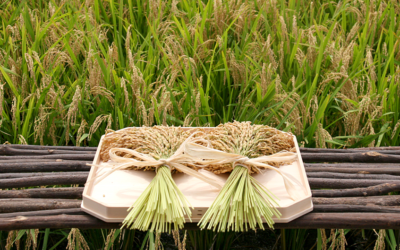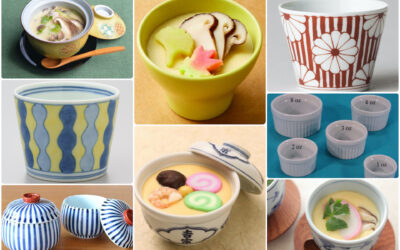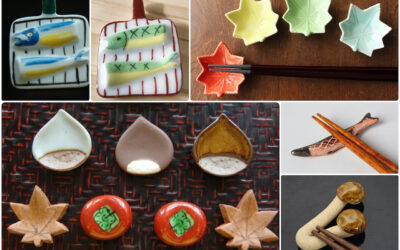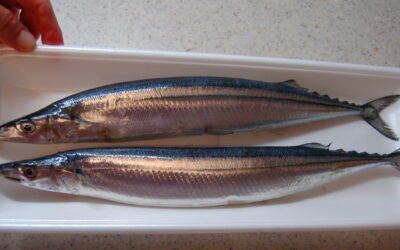
Kitchen Culture Cooking Club
EXPLORE and PRACTICE Japanese cooking in your own kitchenAbout Kitchen Culture Cooking Club
Welcome to the Kitchen Culture Cooking Club, a community space providing encouragement to those who want to EXPLORE and PRACTICE Japan’s washoku wisdom in their own kitchens.
To facilitate this, themed projects will be posted to this page periodically. Project Assignments and links to relevant reference material stored on this site will be posted to this page. Anyone, anywhere in the world, with a sincere interest in Japanese food culture is welcome to browse the contents of this page and then replicate the themed project in their own kitchen.
For those who wish to display-and-discuss their projects with like-minded people, I invite you to join the KITCHEN CULTURE Cooking Club Facebook Group (formerly the TSUDOI Project), an interactive community space.
PROJECT Springtime Sweets

洋菓子・yōgashi
Western-Style Confectionery
Japan’s food culture includes ingredients, techniques and dishes that have been adopted and/or adapted from non-Japanese sources. One large category is confectionery. Earliest influences were from the Portuguese in the 16th century, later interaction with French, Dutch, Scandinavian, English and American food culture brought about further changes in the Japanese culinary world. Above is a small sampling of western-style cakes, cookies, and custards themed around SAKURA, Japan’s iconic symbol of spring.
和菓子・wagashi
Japanese-Style Confectionery
There is a long, deep, tradition of confectionery in Japan. Indeed there is archaeological evidence that fruits, nuts and grains were fashioned into snacks and sweets as long ago as the Jomon period (10,000 years ago!!). The kind of highly artistic, stylistic sweets that we think of today as wagashi, however, developed during the Edo Period (1603-1868).
The wagashi most often associated with springtime is SAKURA MOCHI 桜餅. There are basically two styles: KANTO (upper right) and KANSAI (lower left).
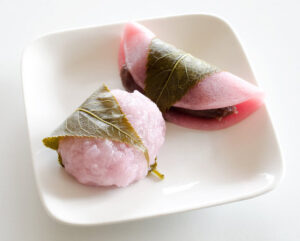
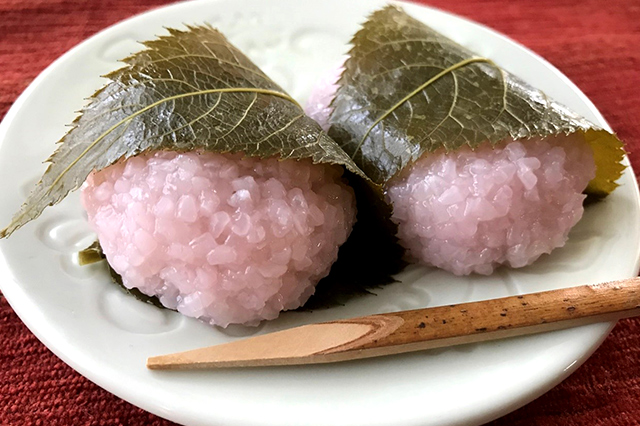
Kansai-style Sakura Mochi 桜餅, 関西風
Although all kinds of sakura mochi enclose sweet bean fudge, the ingredients and method of making the exterior is various. What is called KANSAI-style features a nubbly-textured exterior made from dōmyōjiko 道明寺粉 rice flour. The filling is typically fashioned from a chunky bean jam called tsubu an 粒餡.
To find out more about various rice flours, visit the PROJECT Rice Flour post.
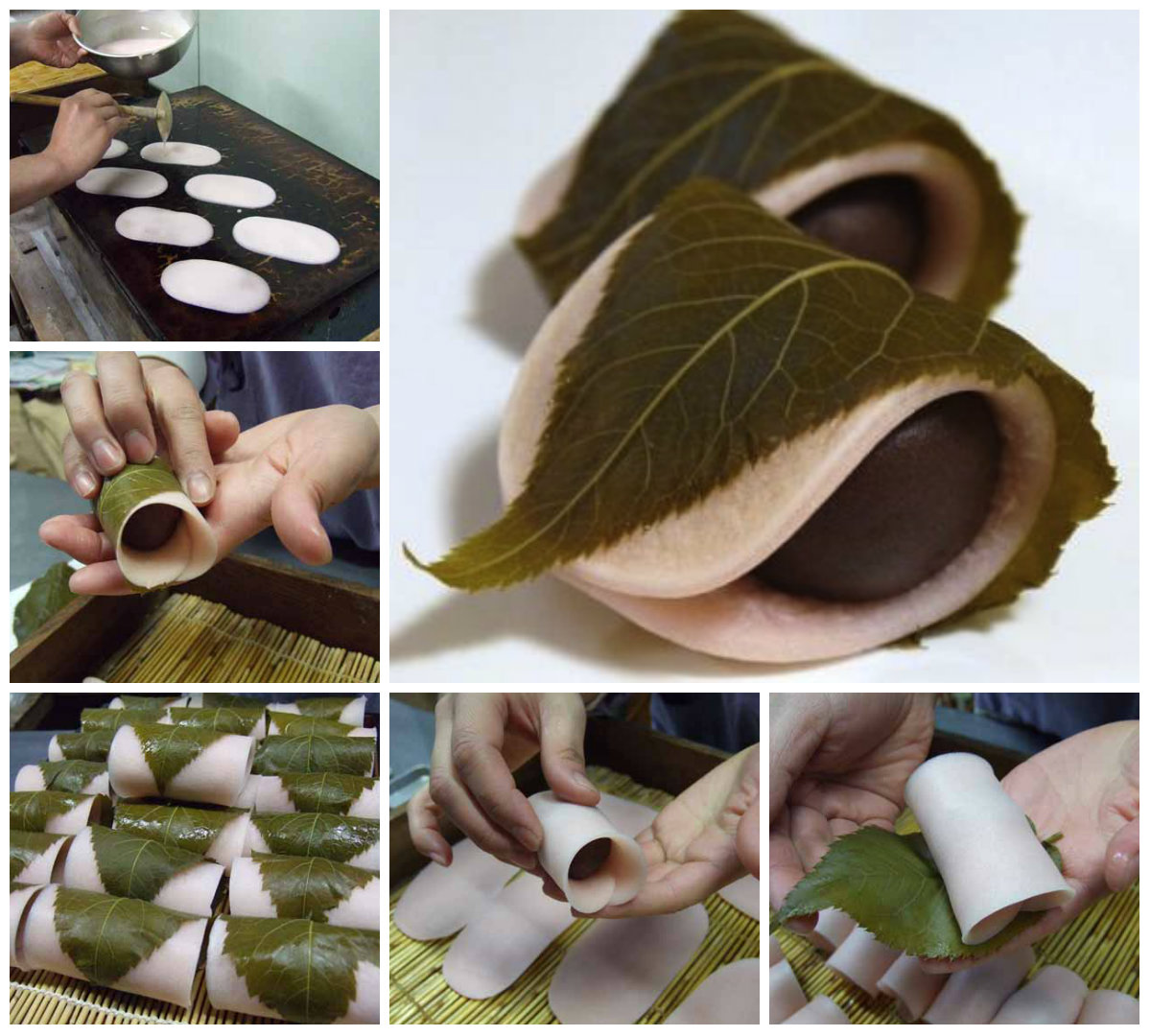
Kanto-style Sakura Mochi 桜餅, 関東風
Kanto-style sakura mochi features a smooth crepe-like exterior, typically made from a combination of rice and wheat flours that adds elasticity and a distinctive chewiness. The filling is usually a smooth and fudge-like koshi an こし餡.
Visit my Kitchen Culture blog post Celebrating Sakura.
Download a copy of my March 2025 newsletter about Celebrating SAKURA.
Recipes and Resources
Stock (Dashi)
Dashi stock is essential to making soups and simmered or stewed dishes. Dashi is also used when making many egg dishes and all sorts of sauces, dips and dressings. Using good dashi will make a noticeable difference in the outcome of so many dishes you prepare.
Click to download recipes for (vegan) Kelp Alone Stock or Standard Sea Stock + Smoky Sea Stock
How to Cook Rice
In Japanese, the word for cooked rice, ご飯 GOHAN, is the same as the word for a meal, ご飯 GOHAN. Indeed rice is central to the meal. Download the Rice with Mixed Grains recipe.
How to Prepare Sushi Rice
Sushi dishes are made with rice that has been seasoned (with sweetened vinegar) AFTER being cooked. Download the Classic Sushi Rice recipe.
Quick Pickles
The Japanese enjoy a wide variety of tsukémono pickles, many can be assembled quickly and are ready to eat within a short time.
Download a recipe for Quick-Fix Hakusai Cabbage.
Thanksgiving Rituals in Japan
In Japan, rice is more than just sustenance. It holds symbolic and sacred significance. Rice yield was also a measurement of wealth during the Edo Period (1603-1868). Early records of rituals celebrating the harvest and entreating future prosperity, called nii namé...
PROJECT Serving Chawan Mushi
This PROJECT is about serving chawan mushi, a dish that requires heatproof cups to cook the egg custards in and to bring them piping hot to table. Because Japan's food culture places importance on the presentation of food, often specialized tableware is chosen....
PROJECT Setting the Autumn Table
This PROJECT is about setting the table... to set the stage for autumn's culinary pleasures. One simple and fun way to do this is by choosing fall-themed HASHI OKI (choptsick rests). Pictured above are a few of the options: autumnal maple leaves, chestnuts, shimeji...
Autumnal Culinary Pleasure: SANMA
The Japanese speak of aki no mikaku (autumnal eating pleasures). Of the many foods placed in that category, a slender, sleek, and steely-colored fish called sanma (Pacific saury; Cololabis saira 秋刀魚) has always been considered shomin no aji, or "food for the masses."...

